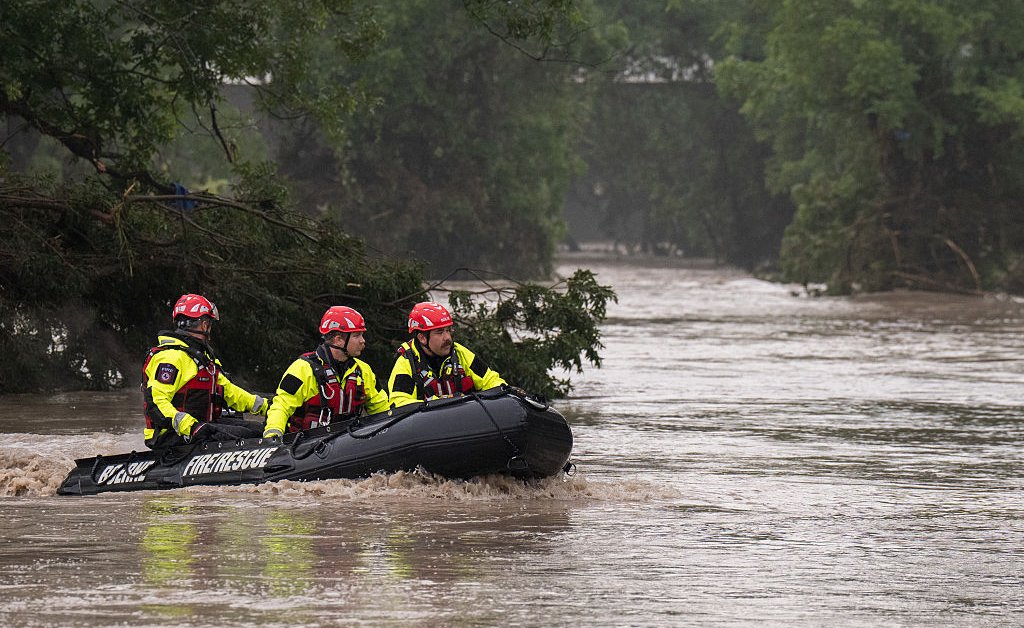Myroslava Melnychenko knows the village, the exact spot, where her younger brother’s body lies. She has seen the grainy drone footage of him being killed in battle.
But he is in a place that neither she nor the experts whose job it is to retrieve the bodies of fallen soldiers can get to, nearly three years after his death.
“It’s painful that he can’t be brought back, but I still hope that one day we’ll manage to do it,” she tells TIME.
Although his family knows he is gone, Oleksii Melnychenko is counted as one of 134,000 “missing” people in Ukraine’s war by the International Committee for the Red Cross (ICRC). The definition includes any person who has not been accounted for, or whose remains have not been retrieved, even when there is significant evidence to show they are dead.
For Melnychenko and many thousands in her position, the lack of a burial means she has been unable to honor her brother the way he deserves.
“Those who are listed as missing remain in a kind of limbo,” she says. “It’s absolutely vital for Oleksii to have a place where he can be buried, so we have a place to go where you know his life and his death are acknowledged. I just don’t want him to simply vanish into thin air.”
Read more: The Hidden War Over Ukraine’s Lost Children
Melnychenko, who works as a psychologist, remembers growing up that she “was always the responsible one, he was more easygoing, more light.”
Oleksii volunteered for the Ukrainian army soon after Russia invaded Ukraine in February 2022. At the time of his death, later that year, he was fighting on the frontline in the village of Marinka, near the eastern city of Donetsk.
“We knew it was such a brutal place in terms of the fighting,” Melnychenko explains, adding that she still maintained regular contact with her brother at this time.
Then, in January 2023, their mother was informed that Oleksii was missing. Melnychenko began years of research to confirm her brother’s fate. She contacted people who knew Oleksii, her fellow soldiers, who said that he had been killed while leading a mission. They said there was Russian drone footage of the battle and of his death.
“His fellow soldiers didn’t want me to see the video so I didn’t get traumatised, but I found it myself. I watched it and I made sure it was my brother,” she says.
Learning that her brother’s death after her long search had a huge impact on her. “I was unwell for a long time. I went to the doctors, I had treatments, and I’m still trying to put myself back together,” says Melnychenko.
She believes bringing her brother home is an important part of her healing.
“What made us human wasn’t any invention, but the moment we started to bury our dead,” she says.
Andres Rodriguez Zorro, a forensic coordinator with ICRC whose job is to coordinate operations to find and retrieve bodies from the battlefield, as well as confirm the identities of the remains, describes the “ambiguous loss” felt by families who cannot retrieve the bodies of their loved ones.

“Can you imagine that they have this uncertainty, if their relative is alive, if they are dead,” Zorro explains.
He says that the kind of weaponry and technology used, alongside a constantly-changing frontline, make Russia’s invasion a particularly unique conflict.
“This is the first time that we are facing volumes of hundreds of thousands of missing or killed in action,” he says.
“We are talking about a very high level of hostilities, the conflict is very active and also because of the type of weapons, the recovery is very challenging…even if there is some kind of reduction of the hostilities to get there and recover the bodies, they [recovery personnel] are exposing their lives because there is a lot of mines and unexploded things,” says Zorro, adding that many of the remains are burned, dispersed and even skeletonized, making recovery even more difficult.
Zorro says that his mission in Ukraine, which he has just completed, has been “very challenging” but “for sure my best mission.”
He says that he consistently spent time looking for new ways to improve the recovery and identification processes.
“I had this opportunity to use inventiveness to adapt to these difficult challenges. How to provide the process of search and recovery, the transportation of bodies…How to properly repatriate these bodies and support the process of proper burial,” Zorro explains.
The bodies of 1,000 Ukrainian soldiers were returned by Russia on August 19, showing possible hope that more families can secure closure and properly bury their loved ones. In return, Ukraine also returned 19 bodies to Russia.
However, tens of thousands of unaccounted bodies remain buried and out of reach on the battlefield.
Bohdana Teslenko is another Ukrainian left with just memories of a loved one. Her father Oleksandr, is believed to have been killed during fighting in 2023. Although his death has not been confirmed, Teslenko says she has seen photos of her father’s body.
“There are no words that can truly describe what it’s like to see your dad, the best dad in the world, to be in that photo,” she says.

Teslenko’s father, Oleksandr, had long worked in security when he first volunteered for the Donbas battalion in 2014 during Russia’s annexation of Crimea and the following Russian-backed conflict in eastern Ukraine’s Donbas region.
In 2022, he once again volunteered for the Ukrainian army as Russia’s full-scale invasion began. “During holidays, we would all get together and record videos saying how much we love him, how proud we are of him, and send him these kinds of videos,” Teslenko recalls when her father was deployed.
“Dad absolutely loved it. He later said that whenever he was without the internet, he would re-watch these videos, and that was actually something that gave him strength,” she continues.
In June 2023, Teslenko’s father would return home for a short break from fighting on the frontline. Teslenko and her mother would spend the last day with him looking for a raincoat that her father would take back with him.
Weeks later, on July 25, Teslenko’s mother was informed that Oleksandr had been killed. Teslenko remembers: “The first few hours, we cried because we didn’t know what to do. We couldn’t be prepared for a situation like this,” says Teslenko.
Three days later, they found images of Oleksandr’s body on Russian telegram channels. “My heart nearly stopped, and my mom and sister were with me. They were holding me, holding my hands, holding my face as well.”
Teslenko also learned of his last moments. She says that a Russian Black Hussars unit dressed in Ukrainian security uniforms advanced towards her father. Oleksandr reportedly covered his unit for their retreat.
“They (Russian soldiers) ripped off his Chevron, little Ukrainian flag and shoved it into his mouth and said: ‘He tried to sneak up, so we killed him.’”
Teslenko has since been working with the support of the Red Cross in the search for his remains, receiving emotional support from the organization over the last two years as she tries to get her father’s body home.
The 27-year-old is also planning to take part in an experimental DNA program, and has given consent for her data to be used should it go ahead.
In the meantime, Teslenko is still waiting for answers.
“He was a hero, and it hurts so much that we still cannot retrieve his body and deal with the situation…He gave his life to save six others, and for that only, he deserves every award and all the possible recognition,” she says.
She believes her father would approve. Before Oleksandr’s death, he spoke with Teslenko’s mother about the possibility of dying on the frontline. She recalls him saying: “It’s terrifying to lie in the field, and it’s very important for the body to be brought back.”








